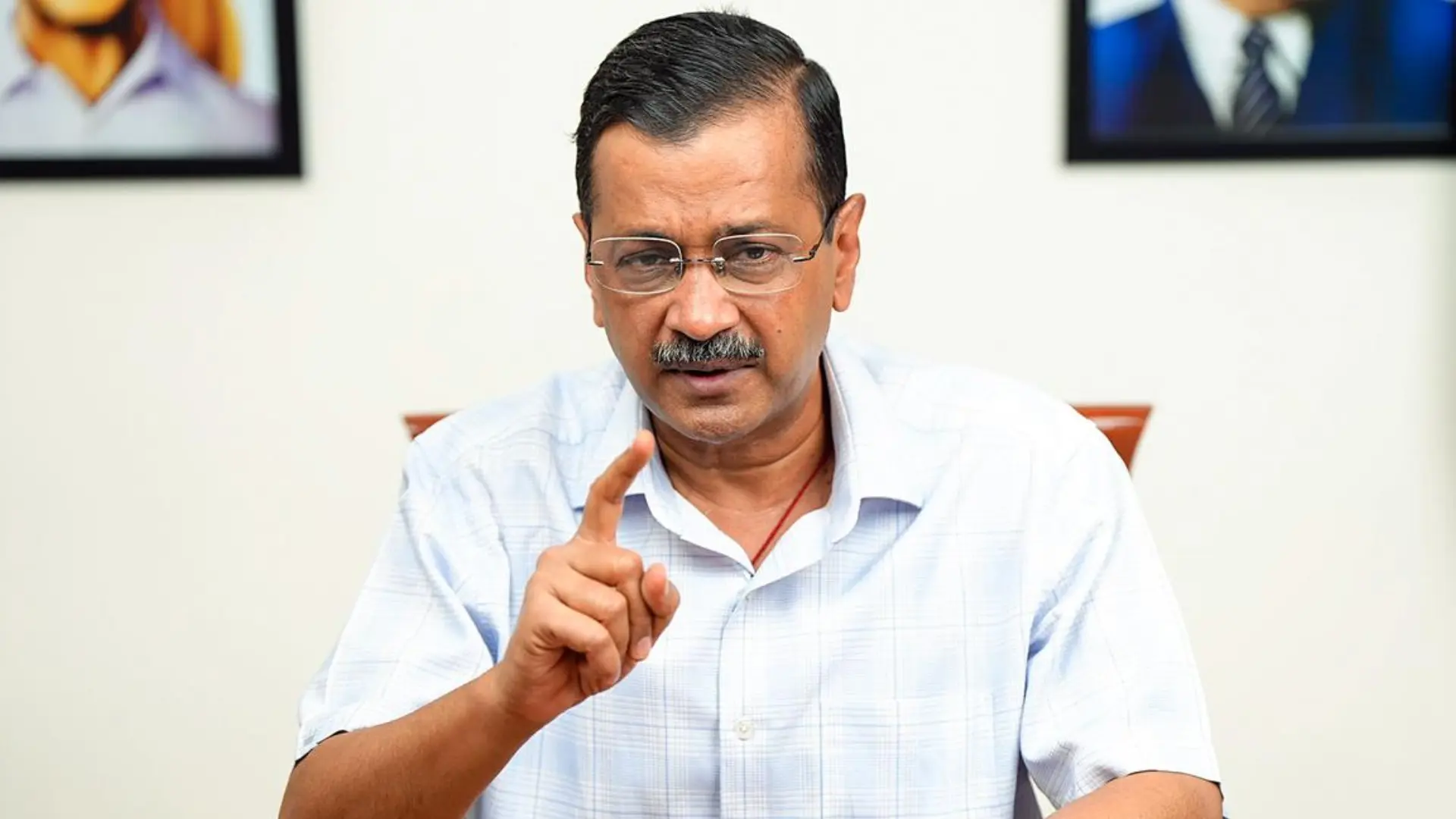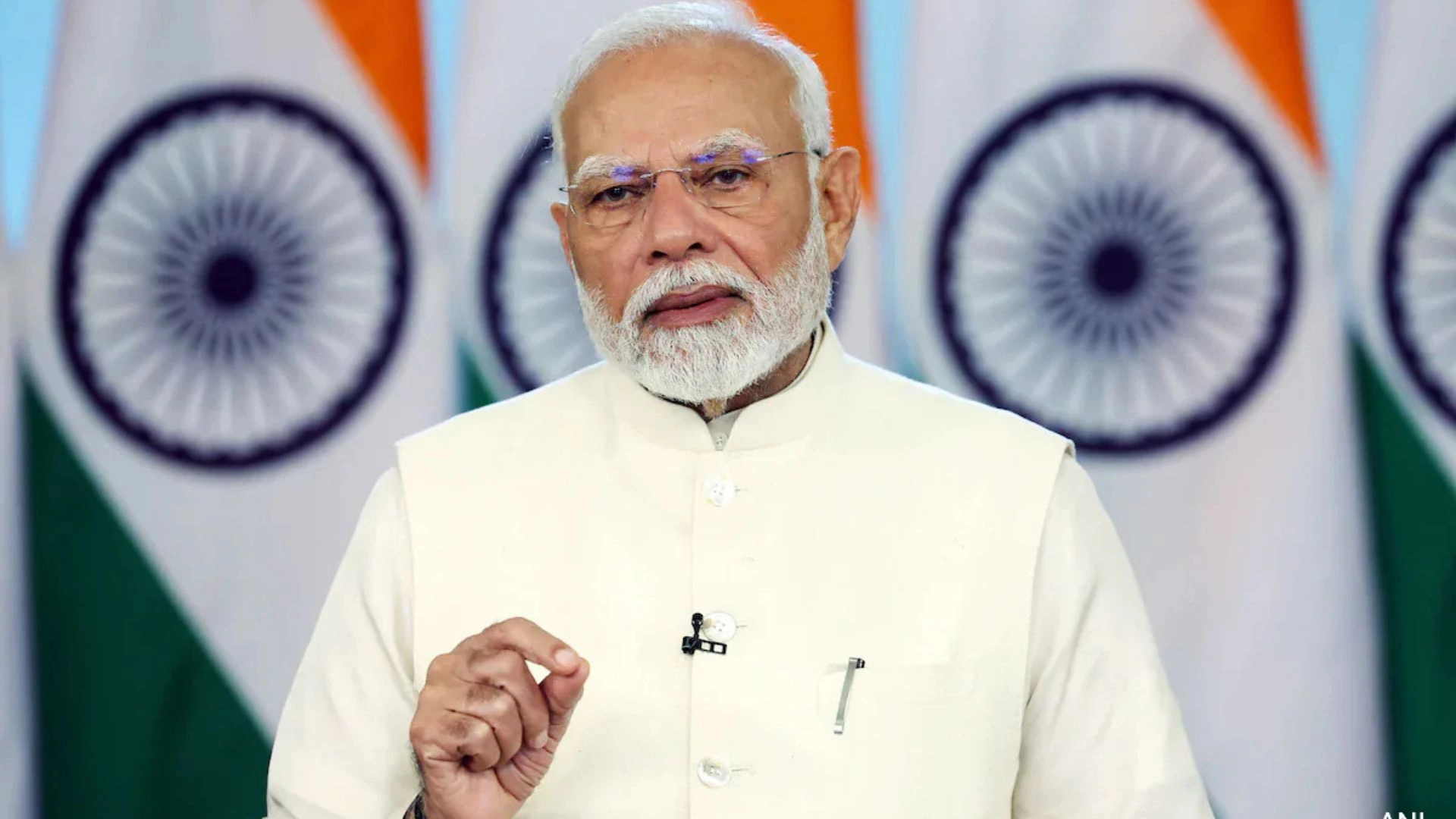The Delhi government finally delivered its Budget paper to the Assembly on Wednesday, a day after it was meant to be tabled. The subject of the Delhi Budget was essentially “Clean, Beautiful, and Modern Delhi.” Delhi Finance Minister Kailash Gahlot presented the Budget for the fiscal year 2023-24, which is about two and a half times the spending of Rs 30,940 crore in 2014-15 and 8.69% more than the revised projections for 2022-23. The planned estimate of Rs 78,800 crore for 2023-24 includes Rs 56,983 crore for revenue expenditure and Rs 21,817 crore for capital expenditure.
Significantly, the percentage of capital spending in the overall budget has increased by 27.68% in this year’s budget. The estimated capital expenditure of Rs 21,817 crore is over three times the 2014-15 capital outlay of Rs 7,430 crore.
The Arvind Kejriwal government hopes to begin one of the most ambitious and comprehensive schemes in Delhi’s history with this budget, transforming it into a “clean, beautiful, and contemporary city.” The ambitious theme proposes nine key initiatives.
With a 10-year anticipated investment of about Rs 20,000 crore, Delhi intends to upgrade and beautify 1,400 kilometres of the entire PWD road network – the largest such undertaking in Delhi’s history.
According to the Budget paper, 28 flyovers have been constructed in the previous eight years, with the development of another 26 additional flyovers now ongoing. They include the Barapullah Phase 3 flypast from Sarai Kale Khan to Mayur Vihar and the elevated road at Najafgarh Phirni.
It would build three double-decker flyovers in conjunction with DMRC from Bhajanpura to Yamuna Vihar, Azadpur to Rani Jhansi junctions, and Saket to Pul Prahaladpur. Automobiles will use the bottom deck of these double-decker flyovers, while Metro rail will use the upper deck.
The Budget intends to introduce 1,600 new zero-emission electric buses next year, as part of a major plan to introduce 8,280 electric buses (80% of the entire fleet) by 2025, with a financial investment of Rs 28,500 crore spread over 12 years.
As a first, a specialised last-mile connection project called ‘mohalla bus’ will be introduced in Delhi next year with 100 smaller (nine-metre-long) electric buses, with a goal of increasing to 2,180’mohalla buses’ by 2025.
In addition, all 57 current Delhi bus depots will be electrified so that they are ready for the introduction of electric buses. The cost is anticipated to be over Rs 1,500 crore.
Three contemporary Inter-State Bus Terminals (ISBTs) with airport-like amenities will be built at Sarai Kale Khan, Anand Vihar, and Dwarka to modernise transportation infrastructure. “Bus Ports” will be the name given to these.
In addition, two multi-level bus depots with up to six levels of parking, two contemporary bus terminals, and nine additional bus depots will be built. In addition, 1,400 new and contemporary bus wait for shelters with digital screens and sophisticated Passenger Information Systems (PIS) that display bus arrival times would be built in Delhi.
Six-point plan for a Clean Yamuna
The Delhi government stated in the Budget that it will swiftly expand the sewage network’s reach to all colonies and clusters. The overall number of illegal colonies connected to the sewage network will nearly quadruple next year, from 747 to 1,317 colonies. Delhi residents will continue to benefit from free domestic sewer connections.
“Delhi Government to join hands with MCD and provide financial assistance to get rid of Delhi’s three garbage mountains of shame in next two years – Okhla landfill by December 2023, Bhalaswa landfill by March 2024, and Ghazipur landfill by December 2024,” said the Budget document.
Health and Education
Education and health are expected to get the biggest allocations in 2023-24. Education receives Rs 16,575 crore (21%), while health receives Rs 9,742 crore (12 percent). The budget intends to supply new tablets to all Delhi government school teachers (regular, guest, and contractual), vice principals, principals, and DDEs.
Major Health Department Proposals
The number of free tests available at Mohalla Clinics will be raised from 250 to 450. “New Aam Aadmi Mohalla Clinics to come up at Metro stations. A number of Mahila Mohalla Clinics to expand from 4 to 100 in the coming year,” it said.
In addition, an expansion plan is in the works to expand the number of beds available in Delhi government hospitals from 14,200 to 30,000. Meanwhile, the Delhi government will finish restoring 20 lakes in a few months.
Returning to the budget issue, the Aam Aadmi Party (AAP) said on Monday that the Union Ministry of Home Affairs had stymied it. The Union Ministry of Home Affairs (MHA) on Monday directed the AAP-led Delhi government to resubmit the Budget after certain objections were made by Delhi Lieutenant Governor Vinai Kumar Saxena on the Budget. According to reports, the Centre requested clarity on the Aam Aadmi Party government’s expenditure on ads before clearing the Budget presentation.
Significantly, the Delhi Budget is submitted to the Home Ministry for approval and may only be tabled before the Delhi Assembly if the MHA approves it.
The Delhi administration filed the Status Report of the Result Budget and Economic Survey for 2022-23 before the Assembly on Monday.
According to the Economic Survey paper, the advance projection of Delhi’s per capita income at current prices for 2022-23 is Rs 444,768, representing a 14.18% increase over the previous year. The Economic Survey often highlights the success of numerous agencies as well as facts pertaining to the state’s economy. Every year, the annual paper is written and presented to the Legislature during the Budget Session.
According to the poll, Delhi’s per capita income has always been roughly 2.6 times greater than the national average, both at current and constant prices. The Economic Survey also provides some insight into the tone and texture of the actual Budget for 2023-24, which is usually presented a day before Budget day.
According to the poll, Delhi, as the leading service sector, would provide 84.84 percent of Gross State Value Added (at current prices) in 2022-23, followed by the Secondary Sector (12.53 percent) and Primary Sector (12.53 percent) (2.63 percent).
“The tertiary (or service) sector plays a pivotal role in the state economy both in terms of employment generation and contribution to state income,” the Economic Survey for 2022-23 said.
In terms of GDP size, the study stated that the Advance Estimate of GSDP of Delhi at current prices for 2022-23 is anticipated to reach Rs 1,043,759 crore, representing a 15.38 percent increase over 2021-22. The successful mass immunisation push in Delhi has brought the economy closer to normalcy, rekindling prospects of a solid rebound in the services sector, consumption, and investment.
In terms of the Outcome Budget 2022-23, it encompassed 23 major departments, under which important programmes and projects were designated, as well as key output and progress metrics for each of them.
“Our government is the first to start the outcome budget. We keep our report card in front of the public and we track each flagship scheme through two indicators, the Output Indicator and the Outcome Indicator,” Delhi NCT finance minister Kailash Gahlot had said.


















